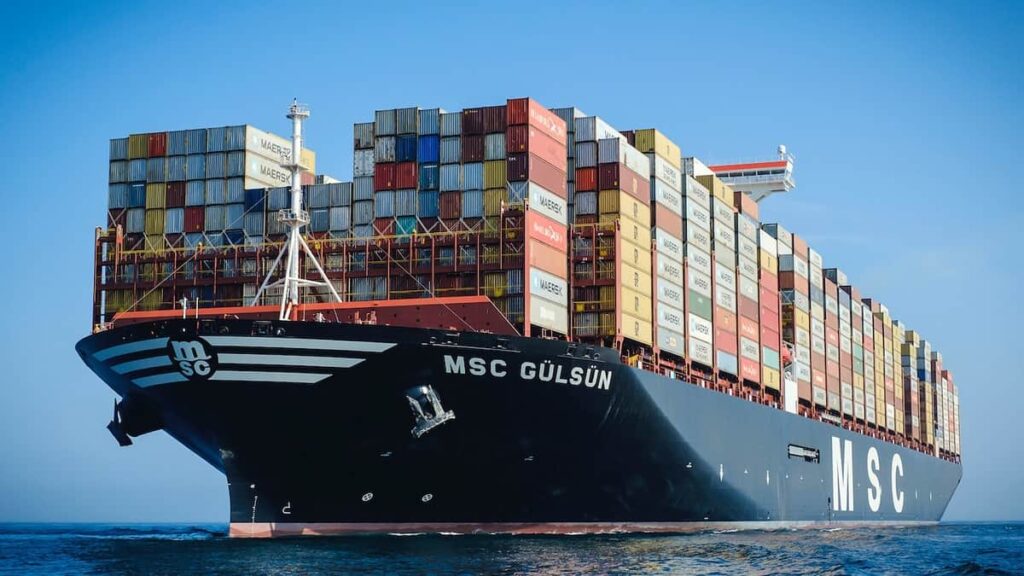SCENE: Mitch BERG is at a coffee shop. He orders an egg souffle – the last one in the fridge. As the CASHIER is giving him the egg souffle, Avery LIBRELLE steps, unbeknownst to BERG, up into line behind.
LIBRELLE: Merg!
BERG: Oh, fuuuuuuor criying out loud, how ya been…
LIBRELLE: President BIden is showing the value of having a season hand with decades of experience in foreign policy in control.
BERG: Uh…
LIBRELLE: (Ignoring BERG for the moment, speaking to the CASHIER) I’ll have one of the cheese and onion egg souffles).
CASHIER: I’m sorry, ma’…er, si…er (Looks at BERG, terrified. BERG shrugs shoulders) …uh, we are out. We just sold the last one.
LIBRELLE: (Looks at BERG). So you got the last egg souffle.
BERG: Yeah, sorry – they are apparently lo…
LIBRELLE: I wanted an egg souffle.
BERG: I know, right? They’re keto, and they’re…
LIBRELLE: We need to sort this out.
BERG: I mean, I’m sorry. I didn’t plan it this way.
LIBRELLE: We need to reach a negotiated settlement on this impasse.
BERG: I mean, I already have it. I paid for it, I’m about to eat it. What “negotiated settlement” did you have in mind?
LIBRELLE: Someone needs to remove you from this coffee shop, and leave me the egg souffle.
BERG: I find your terms unacceptable.
LIBRELLE: Perhaps you need to just disappear.
BERG: You’ve followed a bag negotiating strategy with an even worse one, one that might be chargeable as assault.
LIBRELLE: It was just a harmless ad lib from my internal monologue.
BERG: Sort of like our putative President’s negotiating style.
LIBRELLE: Hey. That was a Biden joke. And you should talk; your Saint Ronald did the same thing when he told the Soviets to tear down the wall.
BERG: Calling for real estate improvements aren’t the same as asking someone to disappear the leader.
LIBRELLE: What are we going to do about the souffle?
(BERG takes a big bite).
LIBRELLE: Fascist!
BERG: (Muffled, with souffle in his mouth) Naturally.
And SCENE.

